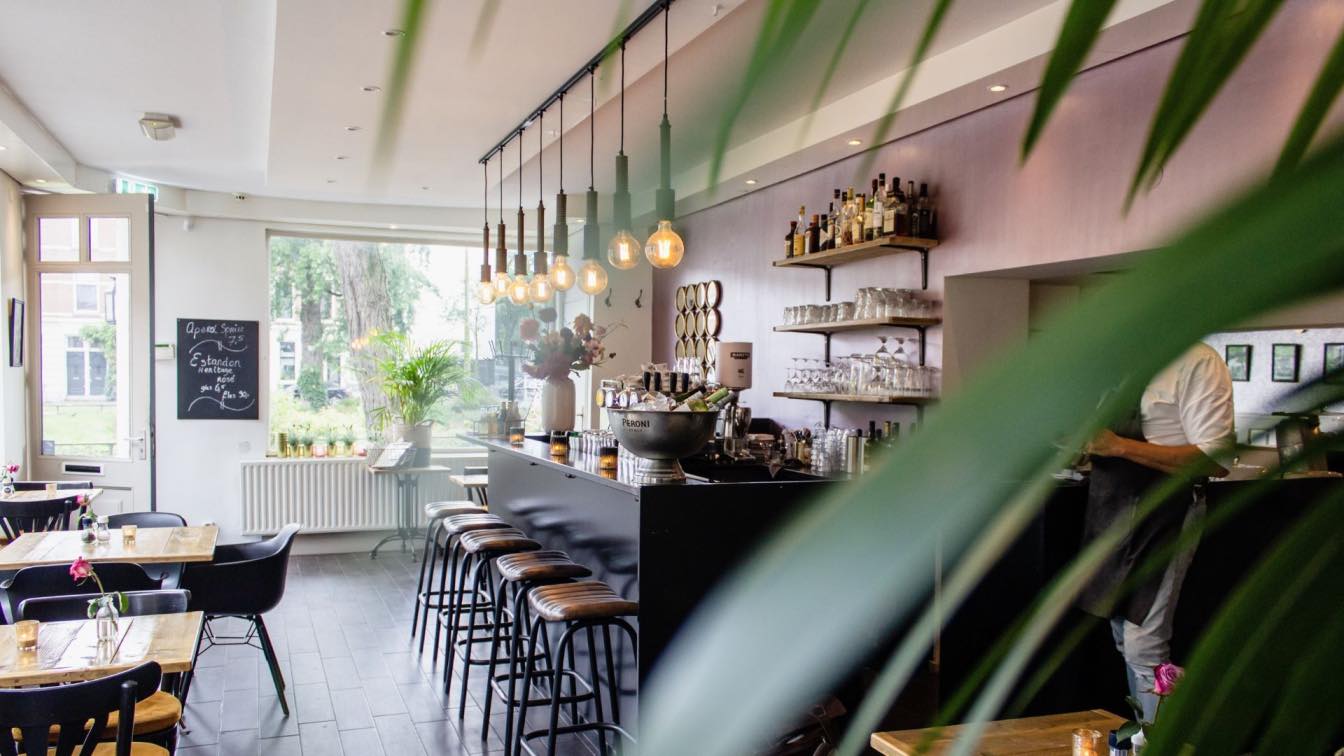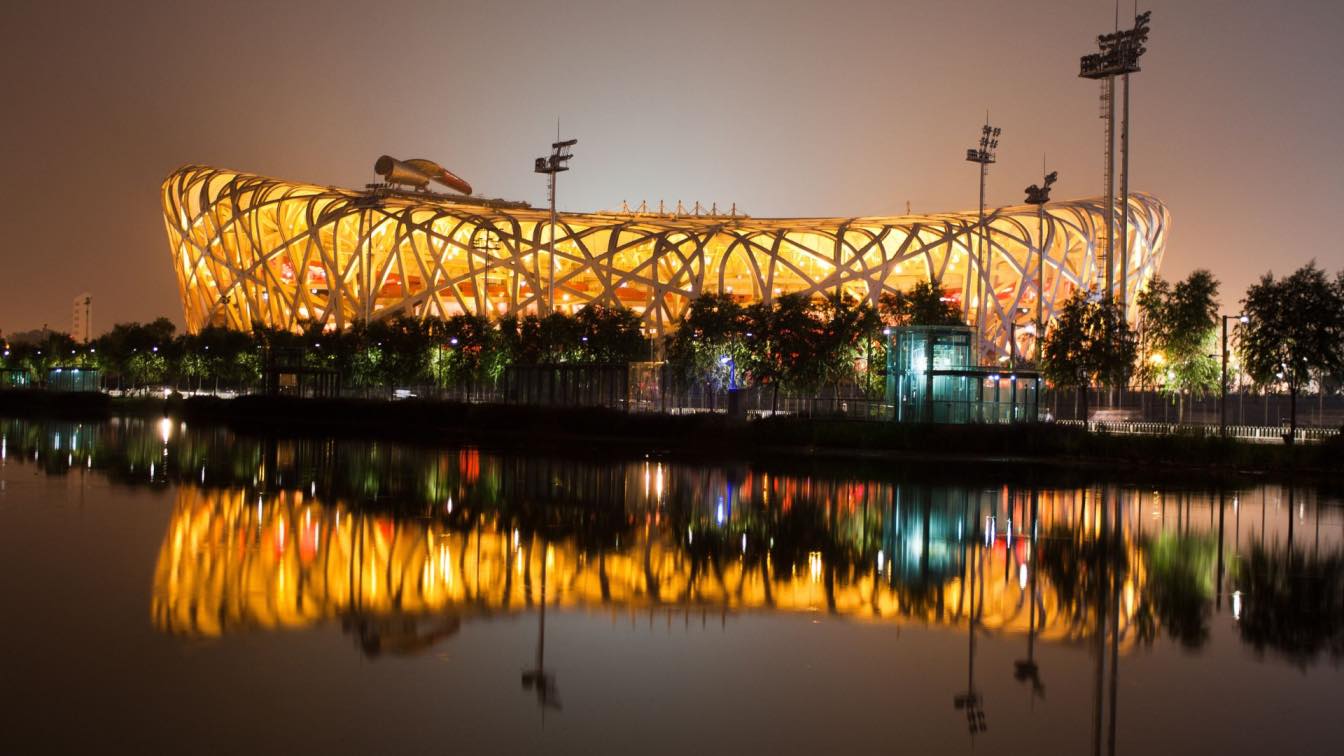Land-based casinos often appear to look luxurious and mesmerizing. Design and layouts are made with a reason besides ensuring everything looks nice. Casinos need to present an environment that can help keep their customers comfortable. That way, visitors will be willing to explore or play longer. Here’s the psychology behind casino layouts.
The Thought Process Behind Casino Interior Design
Casinos are businesses similar to retail stores or supermarkets as the layout plays a big part in affecting customers’ behavior so it can encourage customers to spend. There’s a clear psychology about how businesses should design their establishment. The research provides some theories that can help attract guests to stay longer, try more products, and make them want to return to the establishment.
One of the most popular tactics was first studied by Bill Friedman as he tried to understand how gamblers could spend hours betting and realized that the establishment design plays a big part. He discovered many casinos have complicated floor plans, presenting a labyrinth-like layout.
Areas like the exit or the bathroom should be hard to find and along the path to those rooms or the entrance, designers will put many game machines on the sides. That way customers can’t help but consider the options they see.
That isn’t the only known design that works for casinos. Modern casinos tend to make their rooms brighter and give beautiful decorations. This strategy aims to make customers feel comfortable and indulge the desire to return once they’ve left.
Psychological Effects From Colors
Designers can also play with colors, as each affects visitors differently. Warm colors tend to stimulate excitement. Shades of yellow and red can encourage risk-taking behavior. On the other hand, green often connects with the feeling of relaxation and triggers the thoughts of money. That’s one of the reasons why casino tables tend to be covered in green cloth.
These designing strategies are prevalent, and developers of online casino games often use the same color themes. Live dealer games will stream inside a studio with a luxurious casino-like design, while video tables often use green as the background. As the games try to recreate the feel of brick-and-mortar casinos, they carry the psychological effects of land-based casinos in the virtual game versions.
Lighting and Sounds
Lightning and sounds contribute to affecting players’ mindsets. Designers looking to get tips on designing a casino mustn’t overlook lighting. Soft lighting can lower visitors’ sense of passing time. On the contrary, using lights that create high contrasts and provide a bright atmosphere might make customers uncomfortable as they might cause fatigue or eyestrain.
Those who have spent a long time in brick-and-mortar casinos might notice slot machines have loud music and sound effects. These energetic sounds can add excitement and a sense of possibility. However, using softer music can create a comforting environment. Casino designers must be capable of balancing the two to keep their visitors comfortable yet keep their excitement high.
Other Interior Aspects That Casinos Commonly Use
So far, it’s safe to conclude that many casinos design their establishments to prolong customers’ playing time as they can make the visitors comfortable or keep their excitement high so they want to keep trying. However, the above isn’t the only strategy that casinos implement to ensure their players will stay and play as long as they can.
Lack of Windows
Like how soft lights can make visitors lose track of time, casinos commonly don’t have windows. It’s one of the psychological tricks that can stop visitors from telling the time. If there’s a window installed in the establishment, players would immediately calculate how long they’ve been playing. They might limit their playing time and leave when they realize they’ve been playing too long.
Many casino designers ensure visitors won’t be able to see outside the establishment. That way, customers won’t be able to tell time.
Lack of Clock
Most buildings will install a clock inside the establishment. It won’t significantly affect visitors, as they still can tell time if they have a wristwatch or use their mobile devices. Still, when visitors know there’s a clock inside the building, they’ll constantly check it. This is true especially for casinos, as visitors tend to limit how much time they’ll spend playing.
The lack of a clock works hand in hand with the lack of windows. Although there are multiple ways for visitors to tell time, there’s a possibility they won’t do so when there’s no clock in the building. Fishing for their phone requires an effort, and not every customer will come wearing a wristwatch. Playing casino games also requires a degree of focus. Players likely won’t look at their phones only to check the time when they’re mid-game.
Mastering the Creation of Comfortable Atmospheres to Play Casino
There are many tricks that a casino uses to ensure their guests will spend a long time playing. Some choose to provide comfort that gives a sense of relaxation. The other approach seeks to keep players’ excitement high.
Whichever the method is, most establishments keep customers from telling time. It’s one of the most common methods casinos use to prolong players’ playing. Ultimately, casinos have mastered using built environment psychology to influence behaviors and optimize profits through various methods.





